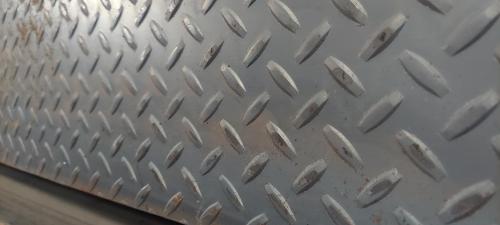Steel floor plates have emerged as a superior flooring solution, boasting unparalleled advantages that make them an attractive choice in various industries. One of the key strengths lies in the inherent durability and robustness of steel, providing a floor surface that can withstand heavy loads and high traffic.
This makes steel floor plates particularly well-suited for environments where traditional flooring materials might succumb to wear and tear over time. Additionally, the resistance to corrosion sets steel apart, ensuring that the flooring maintains its structural integrity even in challenging conditions, such as exposure to moisture or harsh chemicals.
Beyond durability, the installation of steel floor plates is a straightforward process, making it a practical choice for construction projects. The welding and finishing techniques associated with steel flooring contribute to a seamless and secure installation, providing a level and stable surface.
Furthermore, the low maintenance requirements of steel floor plates add to their appeal, as they do not demand constant attention or costly upkeep. As businesses, such as machine shops, and industries seek flooring solutions that balance performance and longevity, steel floor plates emerge as a reliable and cost-effective option that delivers on both fronts, contributing to the overall efficiency and safety of the working environment.
In architectural design, the aesthetic appeal of steel floor plates cannot be overlooked. The material offers a versatile canvas for creative expression, with various patterns, textures, and finishes available. Steel floor plates can be customized to complement the overall design scheme of a space, providing a modern and industrial aesthetic.
This combination of durability, ease of installation, low maintenance, and aesthetic flexibility positions steel floor plates as a top choice for flooring solutions in diverse applications, from manufacturing plants to commercial spaces, where reliability and visual appeal converge seamlessly.

